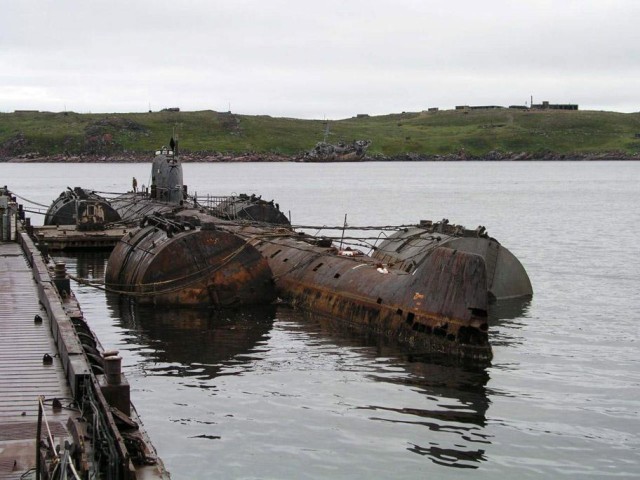
New Managing Director for Bellona Norway
The Board of the Bellona Foundation has appointed former Minister of Climate and the Environment Sveinung Rotevatn as Managing Director of Bellona No...
News
Publish date: May 11, 2006
News
In year 2030, Gazprom will have as much as 17,1 trillion cubic meter of gas reserves on the shelf, Podyuk believes. According to him, gas accounts for about 80 percent of all Russian offshore hydrocarbons, and that most of it is located in the Barents Sea and in the Kara Sea.
Until 2010, the Western Siberia, Timano-Pechora province and the Caspian area will be the company’s main exploration regions. From 2011-2020, the main areas will be the Arctic shelf, the Okhotsk Sea, the Krasnoyarsk region, Irkutsk Oblast, Sakha-Yakutia and Sakhalin, BarentsObserver reports. In the longer perspective, the Arctic parts of Western Siberia, the Eastern Siberia and the Arctic Sea will be given priority, Podyuk said.

The Board of the Bellona Foundation has appointed former Minister of Climate and the Environment Sveinung Rotevatn as Managing Director of Bellona No...

Økokrim, Norway’s authority for investigating and prosecuting economic and environmental crime, has imposed a record fine on Equinor following a comp...

Our op-ed originally appeared in The Moscow Times. For more than three decades, Russia has been burdened with the remains of the Soviet ...

The United Nation’s COP30 global climate negotiations in Belém, Brazil ended this weekend with a watered-down resolution that failed to halt deforest...